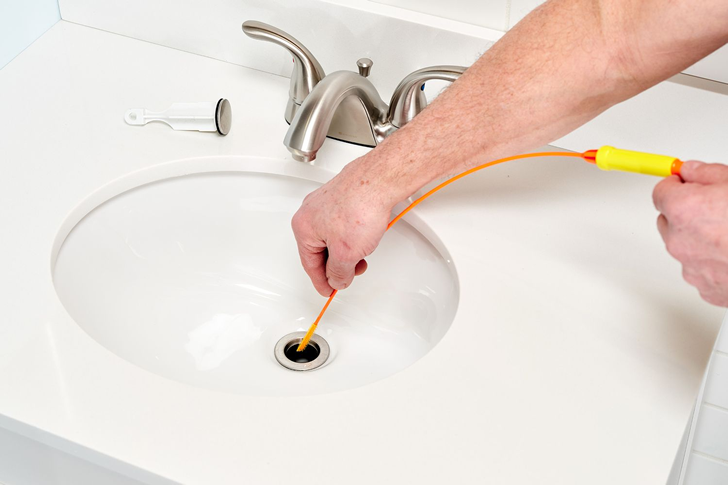Guide to Unclogging Drains: Sinks, Toilets, and Tubs
A clogged drain is a common issue that households encounter frequently. Whether it’s a sink, toilet, or tub, a blockage can disrupt daily routines and create an unhealthy environment. This guide offers practical advice on how to unclog various types of drains using straightforward, effective methods. By understanding the unique challenges posed by each type of drain, homeowners can quickly and efficiently resolve problems, reducing the need for costly professional intervention.

Understanding the Causes of Clogs
Clogs can occur for various reasons, depending on the type of drain. In sinks, common culprits include food particles, grease, and soap scum. Toilets often get clogged due to excessive use of toilet paper, as well as flushing of inappropriate items such as sanitary products and wipes. Bathtubs and showers typically face blockages due to hair and soap buildup. Preventative measures can go a long way; for instance, using drain catchers in showers and being cautious about what goes down the kitchen sink or toilet can significantly reduce clog occurrences.
Unclogging Kitchen and Bathroom Sinks
For minor sink clogs, a good first step is to use a plunger. Ensure to cover the overflow hole in the sink with a wet cloth to create a vacuum, which enhances the plunger’s effectiveness. If plunging does not work, try a mixture of vinegar and baking soda. Pour half a cup of baking soda down the drain, followed by half a cup of white vinegar, then cover the drain. The chemical reaction can help break down fatty acids into soap and glycerine, allowing the clog to wash down more easily. After waiting for about an hour, flush the drain with hot water.
If the clog persists, it might be time to use a plumber’s snake, also known as a drain auger. This tool can dislodge blockages that are deeper within the pipe. Insert the snake into the drain and turn it clockwise, pushing further as you feel resistance, then pull back to extract the clog-causing material.
Addressing Toilet Clogs
The plunger is also the tool of choice for clogged toilets. A flange plunger, which has an extended rubber flap beneath the dome of the plunger, is specially designed for toilets. Place the plunger in the toilet bowl and push down gently to remove the air. The first plunge should be gentle; subsequent plunges can be more forceful. This process should loosen most clogs, but it may be necessary to repeat several times for stubborn blockages.
For more severe clogs, a toilet auger is the next step. Carefully insert the auger into the toilet, extend the cable until you feel resistance, then crank the handle to break up the clog. Be mindful to be gentle to avoid scratching the porcelain.
Clearing Tub and Shower Drains
Most tub and shower drain clogs are due to hair and soap buildup. To remove these clogs, start by removing the drain cover and extracting any visible debris by hand or with pliers. Next, use a wire hook or a specialized drain-cleaning tool to pull out hair that may be deeper within the drain. Once you’ve manually removed as much as possible, use the baking soda and vinegar method mentioned earlier to clear out any remaining debris. Afterward, flush thoroughly with hot water to cleanse the drain further.
Maintenance Tips to Prevent Future Clogs
Preventative maintenance is key to ensuring that clogs become less frequent. Installing drain screens can prevent large particles from going down the drain. Regularly cleaning the drains with hot water and baking soda helps maintain a clear, free-flowing pipe. Additionally, it’s wise to avoid disposing of oils, coffee grounds, and other food residues in kitchen sinks, and never flush anything other than toilet paper in toilets.
When to Call a Professional
If all DIY methods fail, or if clogs recur frequently, it might be time to call a professional plumber. Persistent clogs could be indicative of larger underlying issues such as main sewer line problems or deteriorating pipes. On average, plumbers charge between $45 and $200 per hour, so it’s beneficial to attempt solving simpler clogs independently.
By understanding the nature of clogs and following this guide, you can effectively address common plumbing issues. Taking proactive steps to prevent clogs will ensure that your home’s plumbing remains in good working order, saving you time and money in the long run.







Recent Comments